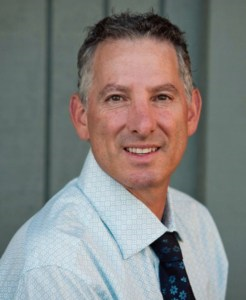Rosacea is a chronic skin disease that may affect both the skin and eyes. It is characterized by facial redness, enlarged blood vessels on the cheeks and nose, red bumps and pimples, and, in advanced stages in men, thickened skin on the nose.
Rosacea may also be accompanied by oily skin and dandruff. It usually affects the face, and is sometimes present on the neck and chest, as well.
Rosacea usually occurs in adults between the ages of 30 and 60. While the condition affects more women than men, it is often more severe in men. Rosacea occurs most frequently in people with fair skin, although people of any skin color can have it. Rosacea tends to be inherited, so other members of a family may also be affected.
The first signs and symptoms of rosacea include frequent flushing and redness of the face and neck. The exact cause of rosacea is not known but many factors can aggravate the condition or trigger a flare-up.
Common examples are sun exposure, hot weather, emotional stress, exercise, alcohol, spicy food, hot food and beverages (especially coffee and tea), hot baths, irritating cosmetics, and certain medicines (especially vasodilators and topical steroids).
As rosacea progresses, small, solid red bumps and pus-filled bumps appear on the face. A condition called telangiectasia may occur in which thin, red lines caused by enlarged blood vessels appear on the surface of the skin.
Rosacea leads to conditions affecting the eyes in about 20%-30% of those affected. Symptoms may include redness, tearing, stinging and the sensation of a foreign body or grittiness in the eyes. This condition (ocular rosacea) is commonly known as conjunctivitis and should be evaluated by your doctor.
Although rosacea cannot be cured, it can be treated and controlled. The treatment should be tailored to the individual patient. Patients are advised to avoid the rosacea triggers mentioned above.
The red bumps and pustules can be successfully treated with either a topical or oral medicine. Patients usually notice improvement within three to six weeks. The enlarged blood vessels (telangiectasia) are best treated with a laser to close off the small vessels. The flushing or redness on the face is difficult to treat but often responds to laser.
____________________________________________________________
© 2012 Redwood Family Dermatology
Santa Rosa Office: 2725 Mendocino Avenue, Santa Rosa, CA 95403
Ukiah Office: 555 South Dora Street, Ukiah, CA 95482
Last updated February 3, 2012.
